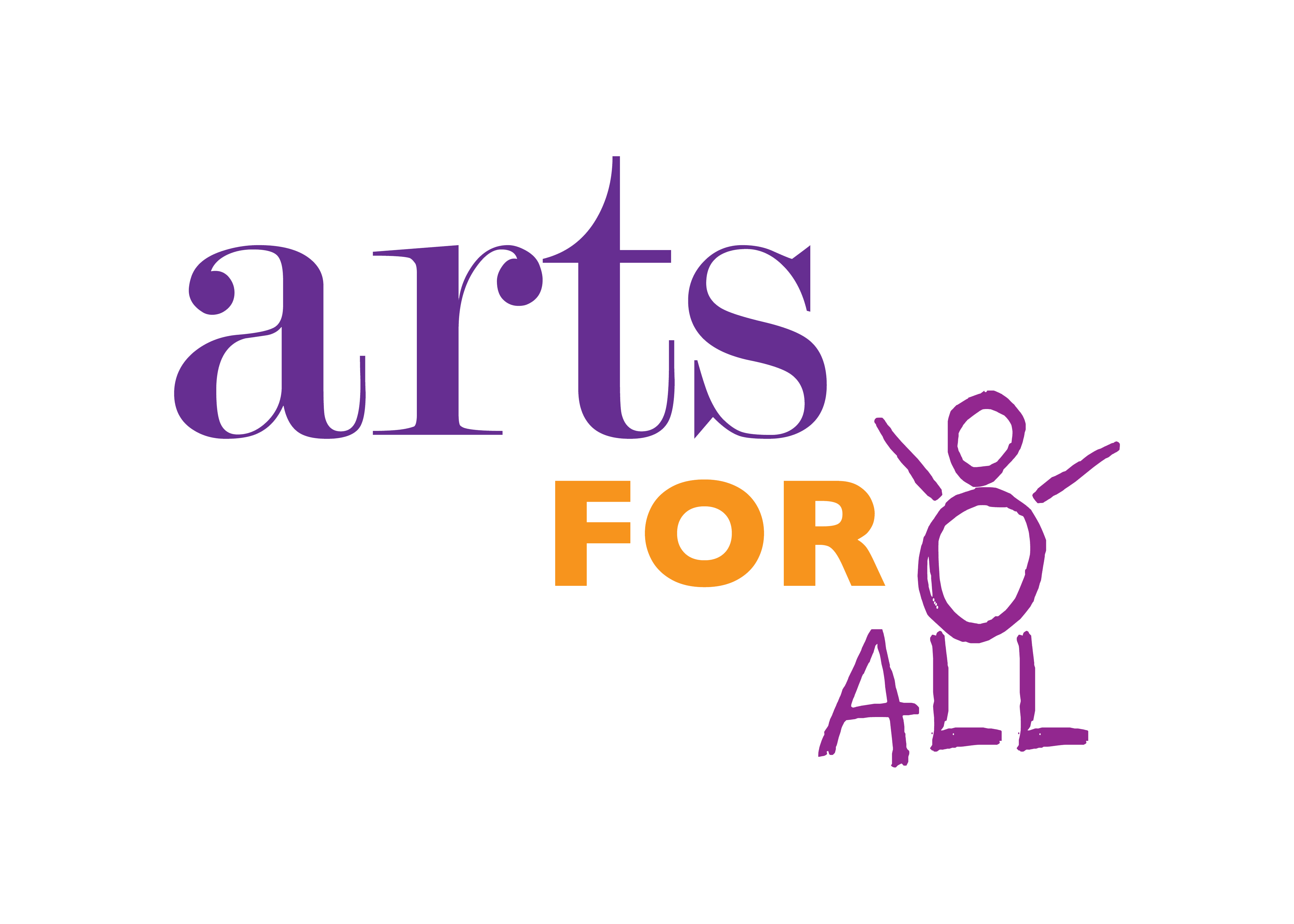Here’s a recent article from takepart.com, by Suzi Parker, that features Arts For All’s Haiku Program.
Well Versed: Why Teaching Poetry Matters
In this era of short attention spans and 40-word tweets, poetry may be the ideal vehicle for enticing students to learn.
April 19, 2014 By Suzi Parker

Suzi Parker is a journalist whose work also appears in The Christian Science Monitor and Reuters.
Full bio follow me.
In classrooms across the country, Emily Southerton witnesses the magic of poetry and its ability to transform kids.
As Teach for America’s digital initiative specialist, Southerton is part of the organization’s Poet Warriors Project, a nationwide program that helps kids write and publish poetry on tough issues they face, such as poverty, gangs, and peer pressure. The idea is to generate positive changes in their lives. More than 50 classrooms around the country, and more than 2,500 students, have written for it.
“Poetry ignites students to think about what it’s like to share their opinion, be heard, and make a difference in their world,” Southerton said. “Students can let go of traditional writing rules with poetry. I tell the kids the most important thing about poetry is that people feel differently after reading it.”
For centuries, poetry has enlightened students in classrooms and, yes, occasionally bored them to tears. In 1996, the Academy of American Poets inaugurated National Poetry Month; it’s held in April, “when schools, publishers, libraries, booksellers, and poets throughout the United States band together to celebrate poetry and its vital place in American culture,” according to its website.
Literature teacher Andrew Simmons lamented, in a recent story for The Atlantic, that many schools no longer teach poetry and that it often gets a bad rap for being boring. He wrote: “In an education landscape that dramatically deemphasizes creative expression in favor of expository writing and prioritizes the analysis of non-literary texts, high school literature teachers have to negotiate between their preferences and the way the wind is blowing. That sometimes means sacrifice, and poetry is often the first head to roll.”
Simmons, however, said that teachers shouldn’t shy away from poetry because it can help students become more versed in writing and literature. He’s not alone. Throughout the country, teachers and academics say that poetry should be a curriculum priority in English classes.
“Writing poetry remains one of the best tools we have for knowing what we think and what we really feel,” said Anna Marie Hong, a published poet and a visiting writer at Ursinus College in Collegeville, Pa. “Writing provides a way for us to process experience, which is often difficult for young adults, to understand it better, to connect our lives with the experiences of others, and to change events through this new understanding.”
Want Kids to Embrace Books? Tell Them to Read to a Dog
Schools and programs are striving to expose students in every grade to poetry and not just during the month of April.
In New York, P.S. 163, a public school in the Bronx, launched a haiku program last fall for second graders that brought to life the haiku of Sydell Rosenberg, a public school teacher, an ESL teacher, and a published American haiku poet who lived in New York City before her death in 1996. The haiku program, which continued this spring, was led by Arts for All, a nonprofit in New York City that offers accessible artistic opportunities to inner-city children who face socioeconomic, physical, or emotional barriers to exploring the arts.
Resident artist Vidho Lorville led six visual arts workshops that used Rosenberg’s haiku as a teaching tool. The students painted landscapes inspired by the short poems. Students drew and colored animals that were mentioned in the haiku and then put them on scenic backgrounds. The children were taught that they should see haiku and poetry everywhere and then turn those moments into poetry by writing down their thoughts and creating art.
“I am neither a teacher nor a poet, but I think children need poetry in their lives—poetic language that engages them…words that can open up worlds and help them not just to ‘see’ and to imagine in a heightened way but to interpret what they see artistically,” Amy Losak, Rosenberg’s daughter, says. “Every observation, no matter how seemingly mundane or ‘small,’ can be turned into a haiku poem, and the images conjured or captured in haiku can be ‘translated’ into a highly personal piece of art. The art the kids create brings the words to tangible life.”
The Poet Warriors Project gives students from low-income neighborhoods an outlet through which their voices can be heard about the issues that affect them.
“Langston Hughes, Carl Sandburg, and Gwendolyn Brooks wrote for their communities and wrote for the purpose of the nation hearing about their communities,” Southerton says. “Not just for the joys of writing, but they had the drive to change the national dialogue. They try to imitate that and try to speak for their communities honestly.”
The project’s website publishes poems by students, including many in ESL classes; it also offers National Poetry Month activities and a year-round curriculum for teachers.
In this era of short attention spans and 40-word tweets, poetry may very well be the ideal vehicle for enticing students to learn.
“The fact is that poems are short to read, and that makes it less intimidating to read and write one,” Southerton says. “The shortness is something that students really, really connect to. We’ve had an overwhelming positive response. So many students have said they feel like a writer and also see what their purpose is in life. They say, ‘I am a person who has something to say to the world.’ ”
This article was created as part of the social action campaign for the documentary TEACH, produced by TakePart’s parent company, Participant Media, in partnership with Bill and Melinda Gates.
